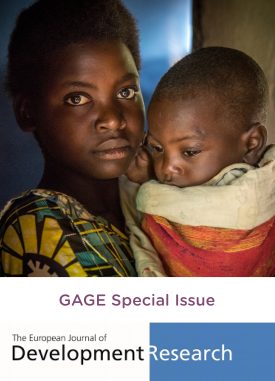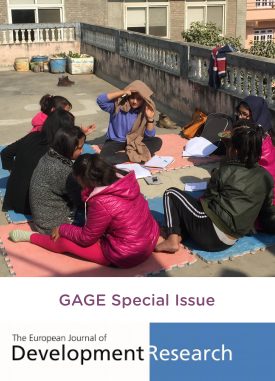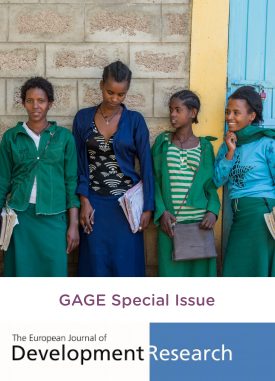This article describes the mixed-methods approach used by the Gender and Adolescence: Global Evidence (GAGE) research programme. It discusses how qualitative and quantitative methods can be used both in isolation and combined to learn about the lives of adolescents in low- and middle-income countries (LMICs), focusing on the methodological and ethical approaches used to reach socially marginalised adolescents (including adolescents with disabilities, adolescents not in school, adolescent refugees, adolescents living in urban slums, adolescents who married as children, and adolescent mothers). We reflect on the implementation of the GAGE conceptual framework, discussing its strengths and weaknesses, and the challenges to promoting inclusive and genuinely mixed-methods research practices. While these methods have been adapted in the countries where research was undertaken, the conceptual framework provides a common methodological approach, utilising an intersectional lens. We show how mixed-methods approaches can contribute to the knowledge base on research with socially marginalised adolescent girls and boys globally, serving as an important resource for future research with young people in LMICs.
Suggested citation
Baird, S., Camfield, L., Haque, A., Jones, N., Al Masri, A., Pincock, K. and Puri, M.C. (2021) ‘No One Left Behind: Using Mixed-Methods Research to Identify and Learn from Socially Marginalised Adolescents in Low- and Middle-Income Countries’ The European Journal of Development Research. (https://doi.org/10.1057/s41287-021-00436-7)


